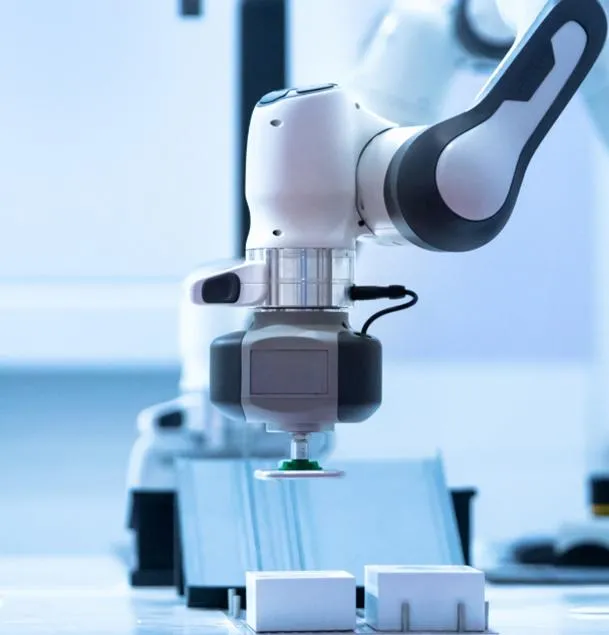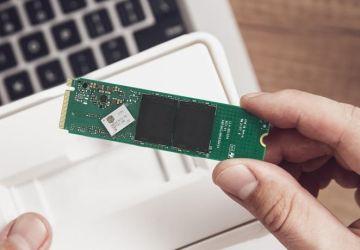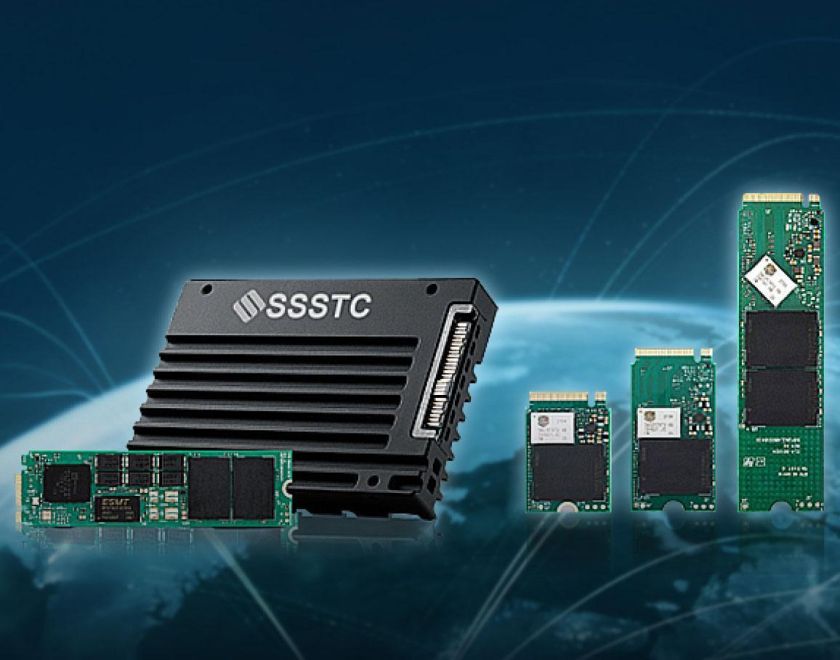S.M.A.R.T for SSDs: Ultimate Guide to Enhancing Storage Performance with CVB SATA SSD
Self-Monitoring, Analysis, and Reporting Technology (S.M.A.R.T) for SSD Optimization
In the fast-paced world of technology, maintaining optimal performance and reliability of storage devices is crucial. Self-Monitoring, Analysis, and Reporting Technology (S.M.A.R.T) is a powerful tool that enables users to monitor the health and performance of their SSDs. This article will delve into the concept of S.M.A.R.T and explore its significance in optimizing SSD performance. We will discuss the key aspects of S.M.A.R.T, its benefits, and how it can be leveraged to ensure the longevity and efficiency of your SSD.
Understanding S.M.A.R.T (Self-Monitoring Analysis and Reporting Technology)
Self-Monitoring, Analysis, and Reporting Technology (S.M.A.R.T) is a monitoring system built into SSDs that continuously assesses their health and performance. It provides users with valuable information about various attributes of the drive, allowing them to detect and address potential issues before they become critical. By analyzing data such as read/write errors, temperature, and wear leveling, S.M.A.R.T helps users make informed decisions regarding maintenance and upgrades.
Benefits of S.M.A.R.T
Implementing S.M.A.R.T technology offers several advantages for SSD users. Firstly, it enables proactive monitoring, allowing users to take action before a catastrophic failure occurs. By identifying early warning signs, such as increasing error rates or high temperature readings, users can take preventive measures to avoid data loss or system downtime. Additionally, S.M.A.R.T assists in optimizing SSD performance by identifying potential bottlenecks or inefficiencies and suggesting appropriate optimizations.
SSD S.M.A.R.T Optimization Techniques
To fully leverage the capabilities of S.M.A.R.T and enhance SSD performance, there are several optimization techniques to consider. Firstly, ensuring the latest firmware updates for the SSD is crucial as it often includes bug fixes and performance enhancements. Regularly updating the firmware can address potential issues and improve overall reliability. Additionally, optimizing the SSD's file system alignment and enabling TRIM support can enhance both read and write performance.
Another crucial aspect of SSD S.M.A.R.T optimization is monitoring the wear leveling process. Wear leveling distributes write operations evenly across memory cells, preventing individual cells from wearing out faster than others. Regularly checking the wear leveling status and taking appropriate action, such as data migration or proactive replacement, can significantly extend the lifespan of an SSD.
Moreover, utilizing S.M.A.R.T monitoring software is essential to access and interpret the drive's attributes effectively. Many software solutions are available that provide user-friendly interfaces and comprehensive reporting capabilities. These tools allow users to track the SSD's performance trends, predict potential failures, and optimize their systems accordingly.
One such example is the CVB SATA SSD, which fully utilizes S.M.A.R.T technology to provide not only excellent read-write speeds but also robust monitoring and reporting features. This enables users to understand the real-time status of the drive and take measures before any potential issues become serious.
Stay informed, take proactive measures, and enjoy the benefits of a high-performing and reliable storage solution. If you would like to learn more about CVB SATA SSD, you can connect to the product introduction to explore detailed information and features.
SSSTC provides the best quality, competitive cost mainstream storage products with superior customized service.Contact us to find more enterprise SSD or industrial SSD solutions.


__24C05D67dI.webp)
__24C15hqqtC.png)
__24C15wOdCC.png)









__24C05XQ2my.jpg)






__24C05fplcZ.png)
__24C05vgHYC.png)



